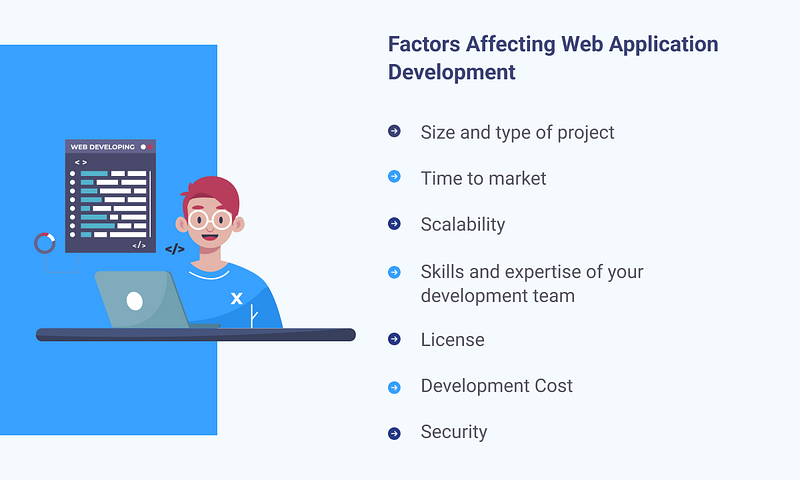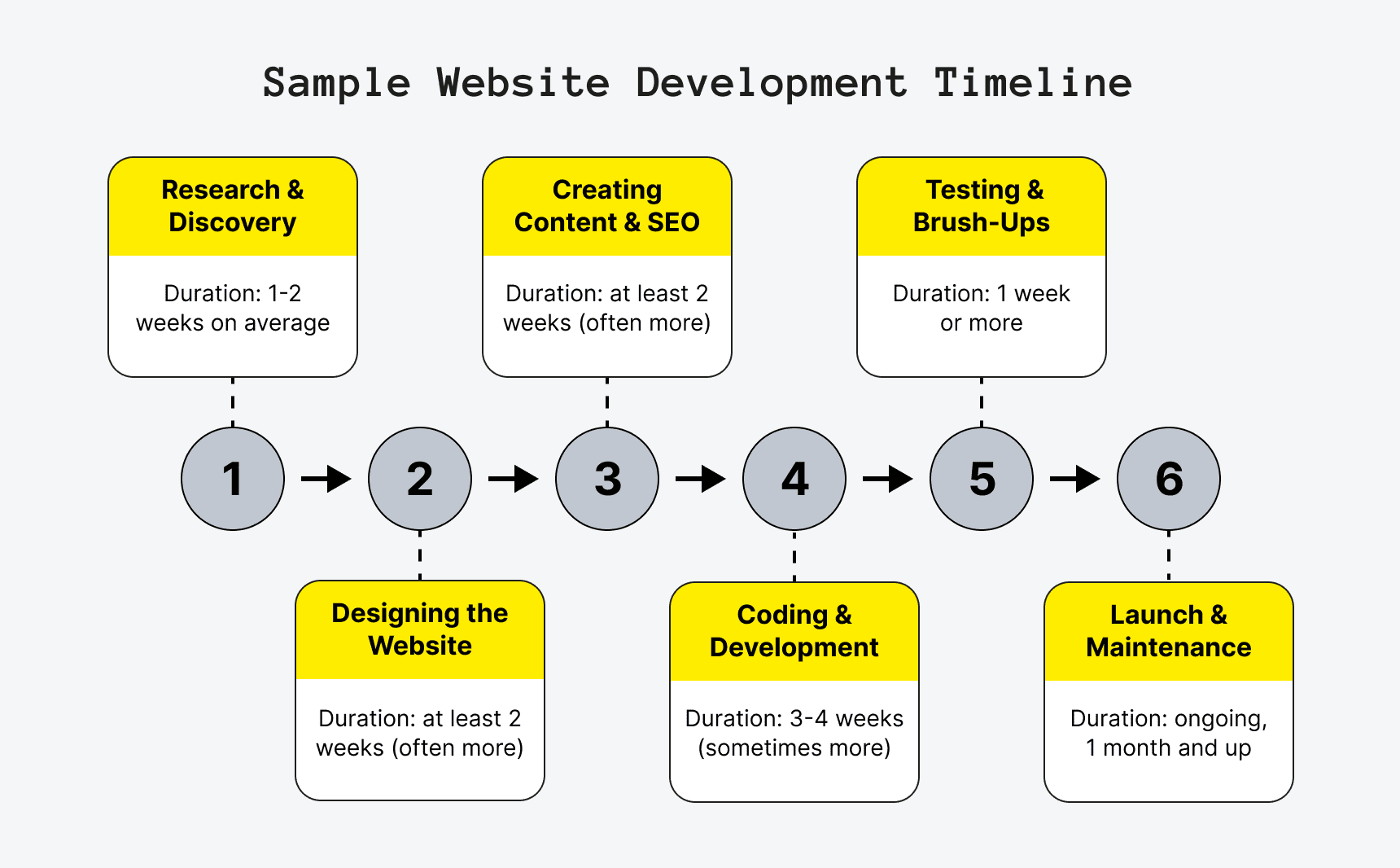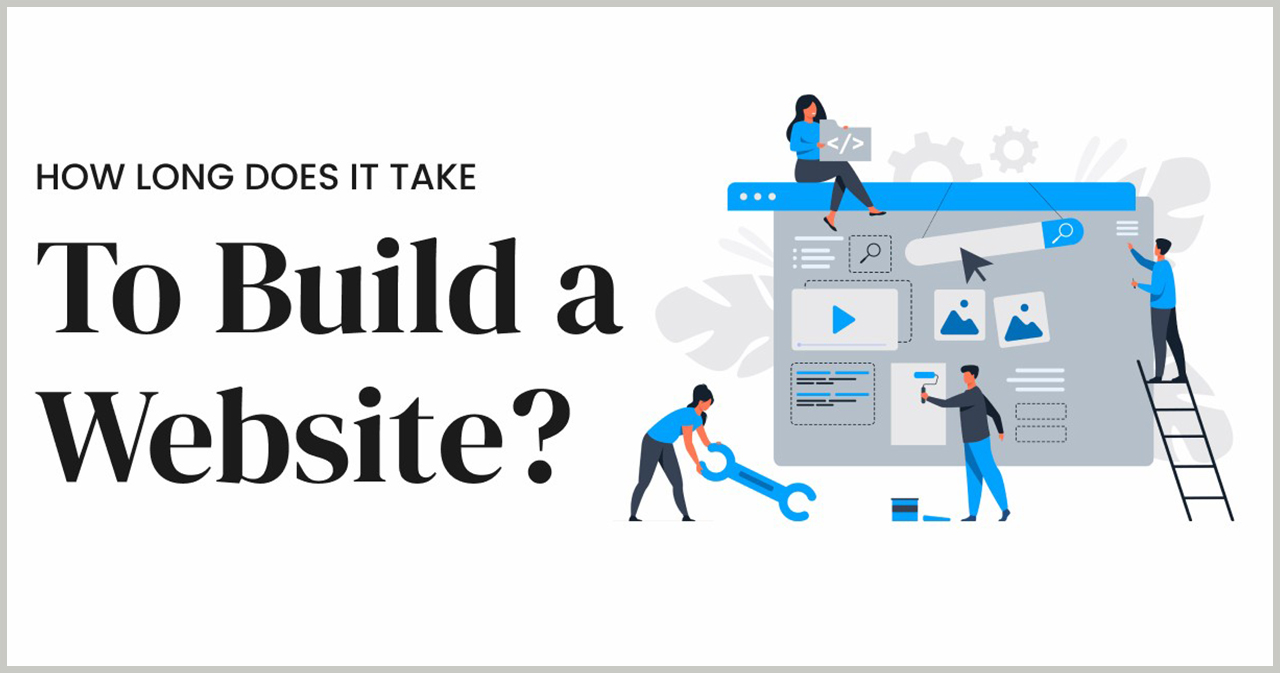Introduction
Building a website is a crucial step for businesses and individuals alike. It serves as a digital storefront, providing information, connecting with customers, and promoting products or services. However, one of the most common questions people ask is, “How long does it take to build a website?” The answer to this question depends on several factors, including the complexity of the website, the chosen development method, and the resources available. In this article, we will explore the various aspects that influence the website development timeline and provide insights into how to streamline the process.

Factors Affecting Website Development Time
The duration of website development can vary significantly depending on several key factors:
- Website Complexity: The complexity of a website directly impacts the development time. Simple websites with a few pages and basic features can be built relatively quickly, while more complex websites with intricate designs, extensive functionality, and large amounts of content may require more time.
- Development Method: The chosen development method can also influence the timeline. There are three primary methods:
- DIY Website Builders: These platforms offer user-friendly interfaces and pre-designed templates, allowing users to create websites without coding knowledge. While they can be quick to use, they may have limitations in terms of customization and functionality.
- Content Management Systems (CMS): CMS platforms like WordPress, Joomla, and Drupal provide a framework for building and managing websites. They offer more flexibility than DIY builders but require some technical knowledge.
- Custom Development: For highly customized websites with unique requirements, custom development is the best option. This involves hiring developers to create a website from scratch, which can be time-consuming but offers complete control over the final product.
- Design Complexity: The design of a website plays a significant role in the development time. A simple, minimalist design can be created more quickly than a complex design with intricate graphics, animations, and custom elements.
- Content Creation: The amount and quality of content required for a website can also impact the development timeline. Creating high-quality content, including text, images, and videos, can be time-consuming.
- Testing and Quality Assurance: Thorough testing and quality assurance are essential to ensure a website functions properly and is free of errors. This process can take time, especially for complex websites.
- Team Size and Expertise: The size and expertise of the development team can influence the speed of website development. A larger team with experienced developers can often complete projects faster.

Typical Website Development Timeline
While the exact timeline can vary, here’s a general breakdown of the typical stages involved in website development:
- Planning and Strategy (1-2 weeks): This phase involves defining the website’s goals, target audience, and key features.
- Design (2-4 weeks): The design team creates wireframes, mockups, and the overall visual appearance of the website.
- Development (4-8 weeks): The development team builds the website’s structure, functionality, and integrates content.
- Content Creation and Integration (2-4 weeks): Content is created and added to the website.
- Testing and Quality Assurance (1-2 weeks): The website is thoroughly tested to identify and fix any issues.
- Launch (1-2 days): The website is made public.

Tips for Streamlining Website Development
To speed up the website development process, consider the following tips:
- Prioritize Features: Focus on the most essential features and functionalities.
- Use Pre-built Templates: If appropriate, leverage pre-built templates to save time on design.
- Create Content in Advance: Prepare content before the development phase begins.
- Utilize a Content Management System: A CMS can simplify content management and updates.
- Involve Stakeholders Early: Get feedback from stakeholders throughout the development process.
- Test Regularly: Conduct regular testing to identify and address issues early on.
Conclusion
The time it takes to build a website depends on various factors, including complexity, development method, design, content, testing, and team resources. By understanding these factors and implementing effective strategies, you can streamline the development process and launch your website efficiently. Remember, the goal is to create a website that meets your needs and achieves your objectives within a reasonable timeframe.








Add Comment